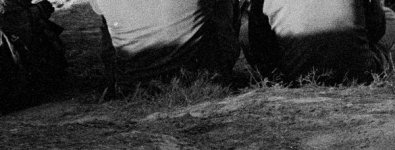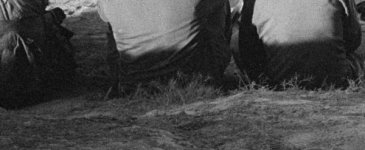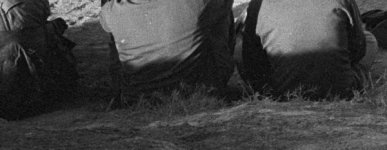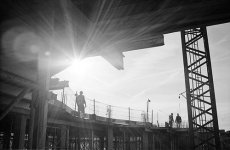sanmich
Veteran
I am trying to figure out why I can't get proper shadows from my CS 5000 when I can get them from my V500.
The resolution of the Nikon is much better, but the shadows look crappy.
I use vuescan, and tried what seems to be any combination of RAW saving/TIFF/with and without Scanhancer, etc..
I am joining two samples. First one is the CS, second the V500.
Any suggestion?
The resolution of the Nikon is much better, but the shadows look crappy.
I use vuescan, and tried what seems to be any combination of RAW saving/TIFF/with and without Scanhancer, etc..
I am joining two samples. First one is the CS, second the V500.
Any suggestion?
Attachments
Last edited:






